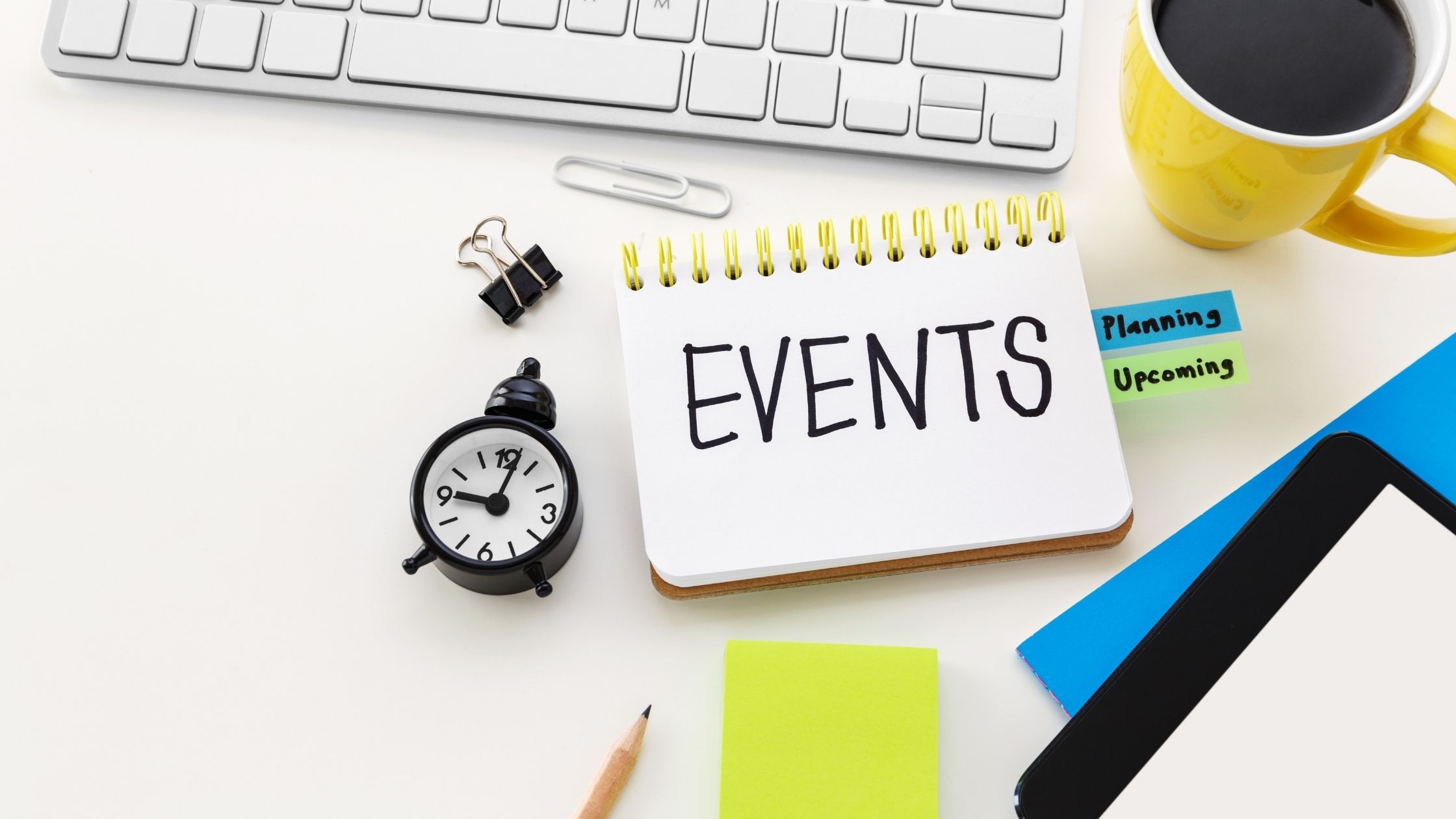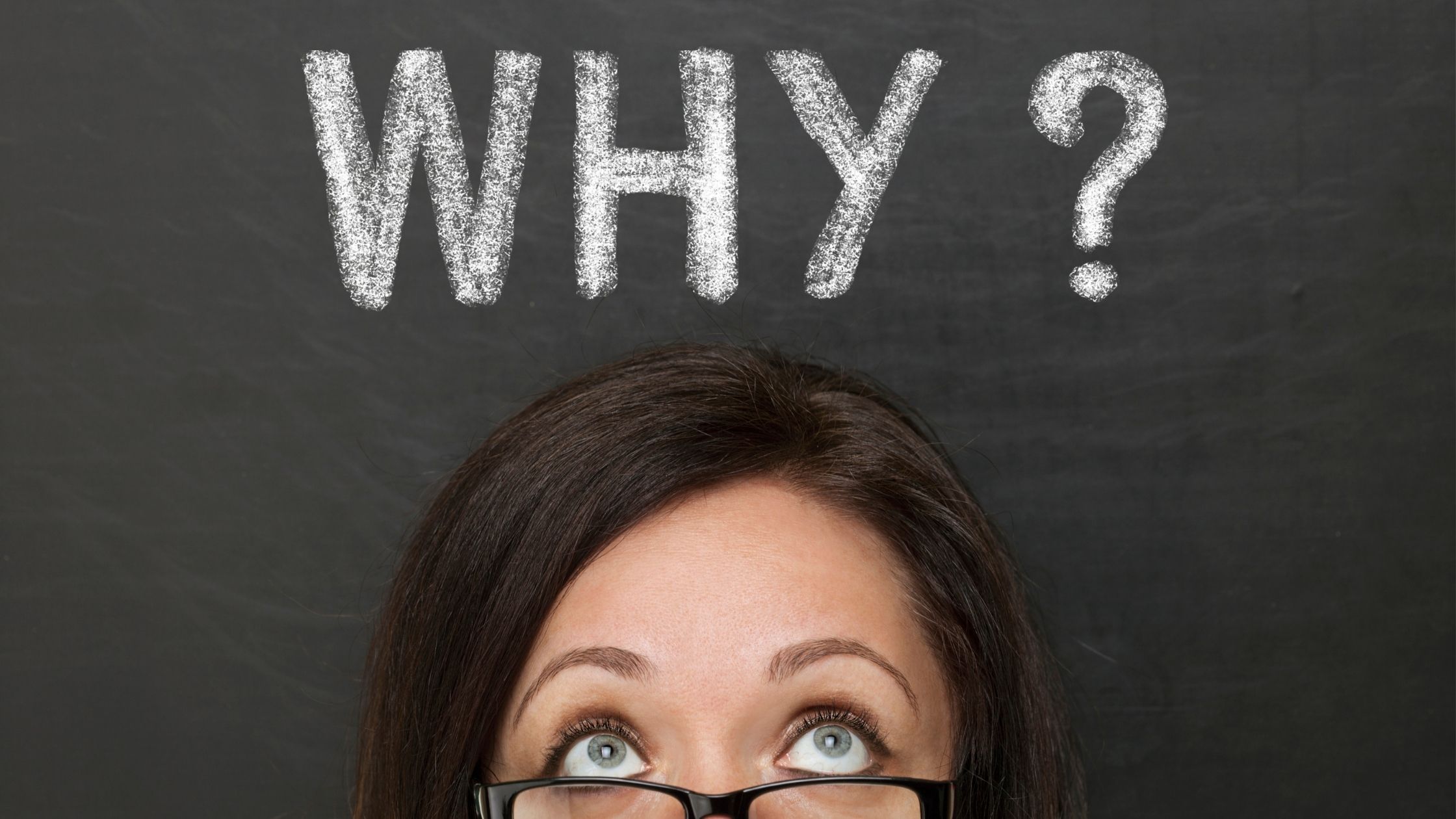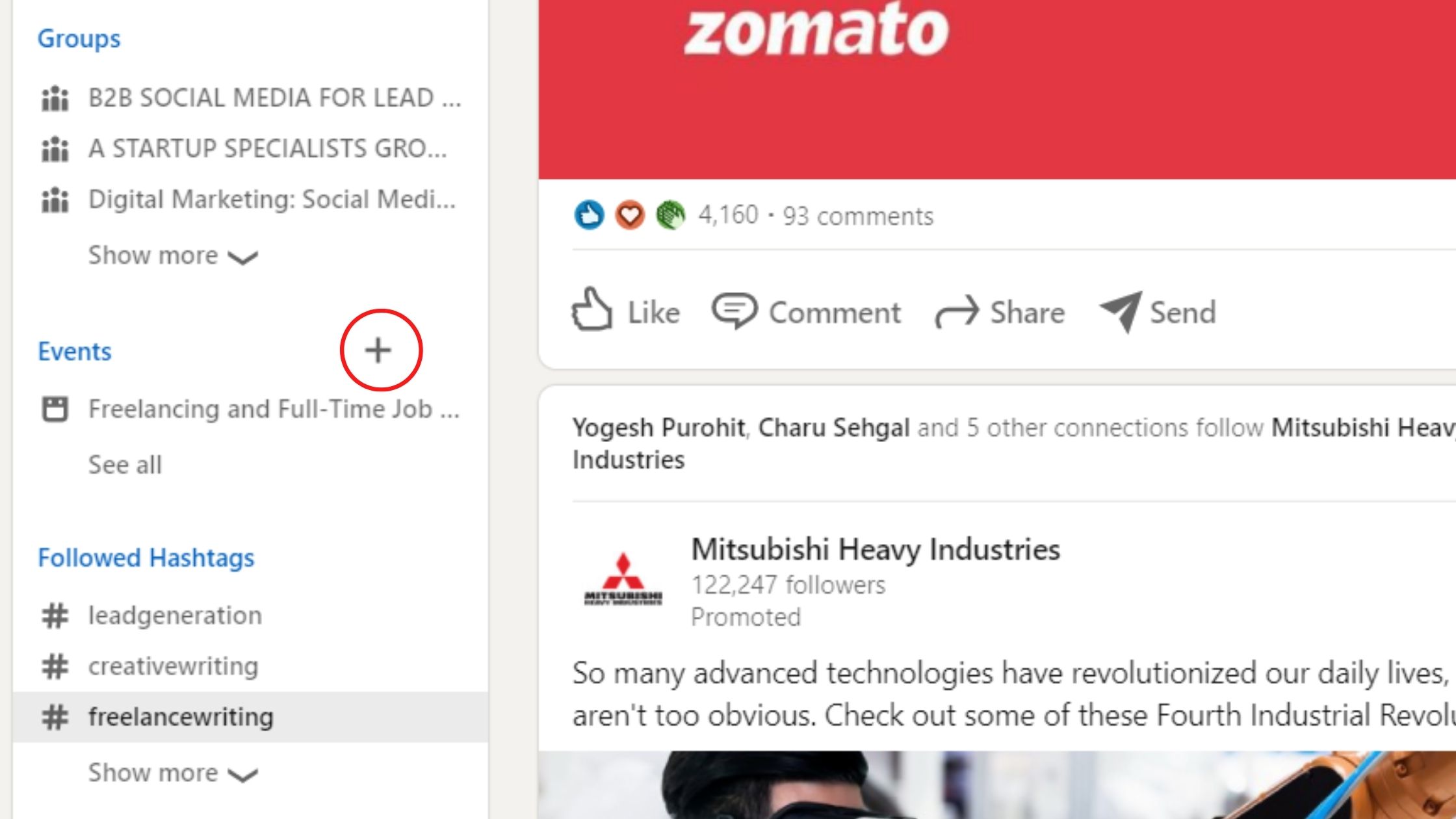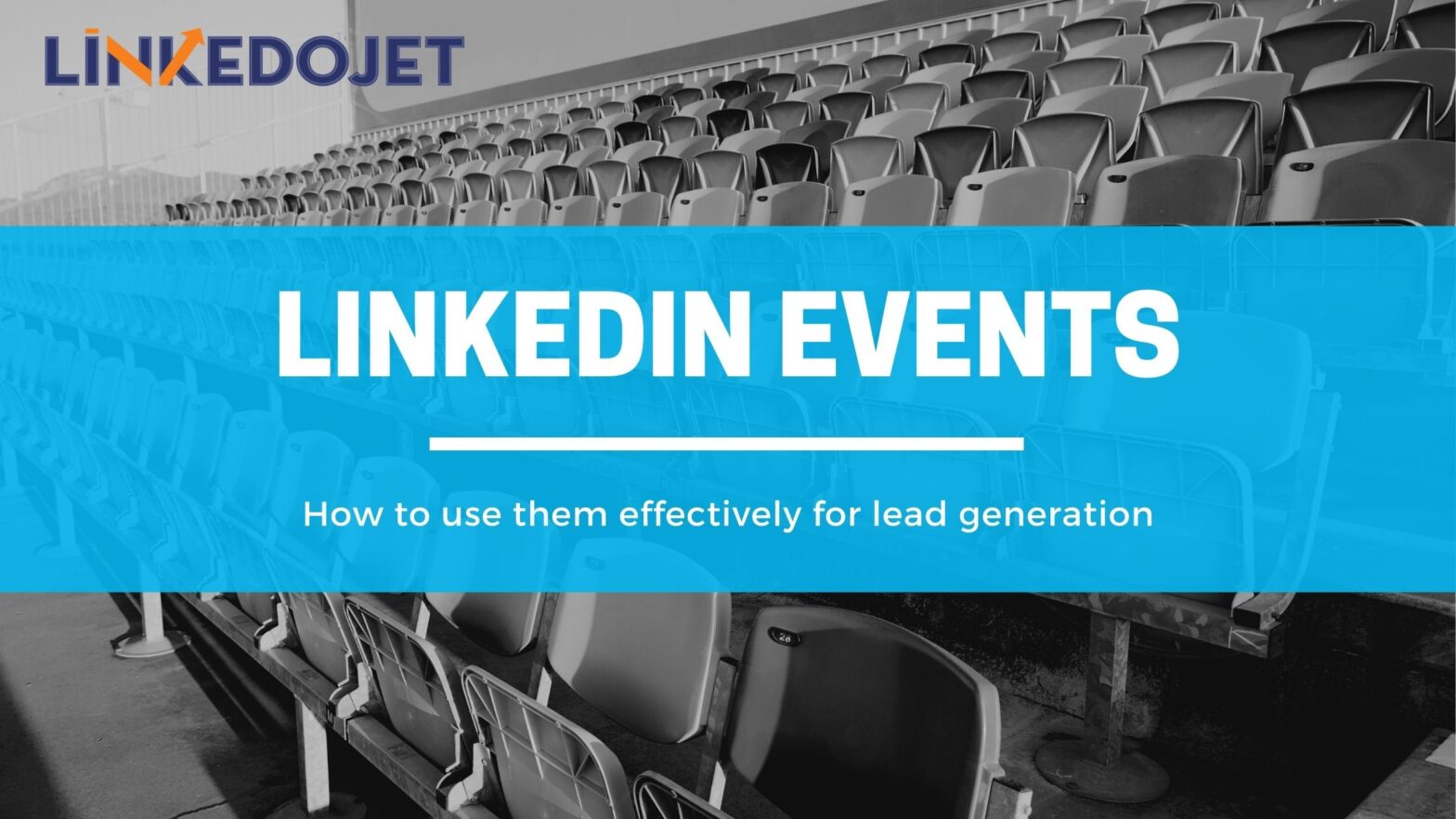If I say, “It’s a difficult time to plan events, it would be a wild misrepresentation of the truth.”
Stay-at-home requests and social distancing rules were embraced almost everywhere to minimize the spread of the COVID-19 virus. But the need to communicate, collaborate, and network is still the same.
In a study of over 1000 mid-level and senior marketers taken a year ago, 41% recorded live events as "the most important marketing channel" for their business objectives.
With conventions and gatherings on hold, marketers are searching for tools to assist them with investigating digital alternatives.
We've all needed to adjust to another reality, yet purchasing, selling, employing still needs to happen. In the event that you fade on your crowd currently, there's no assurance they'll be sitting tight for you when you return.
Regardless of whether associated with fundamental tasks or simply attempting to get past these difficult times, businesses actually need to plan and host events.
The main difference is that these social gatherings take place on the internet or virtual spaces. LinkedIn, the world's largest professional network, had no option except to push out a feature– LinkedIn Events.
For many businesses, LinkedIn is the busiest center point of activities involving individuals they need to reach.
In such a scenario, how to use LinkedIn events? Furthermore, for what reason is LinkedIn Events going to get perhaps the most utilized highlights of the stage to interface with business leaders?
Let’s answer these in the post today!
What are LinkedIn Events?
LinkedIn Events is Microsoft's (eagerly awaited) proficient response to Facebook Events.
For Microsoft, it additionally fills a subsequent need, which is an approach to decrease LinkedIn clients' reliance on third-party tools like Meetup to welcome their LinkedIn followers to virtual or in-person events.
If you've at any point hosted a Facebook event, you should feel comfortable and acquainted with LinkedIn Events right away.

At the point when you create a LinkedIn Event, you become that event's organizer. In that role, you can specify the details of the event and invite participants.
LinkedIn Events can be private or open to anybody. With your permission, participants can further invite their own connections to the event. They can also associate and speak with one another in the event feed. This engagement channel can conceivably be a priceless instrument in networking and community building.
What LinkedIn Events don’t give is a digital venue to have the actual event. When the day and the hour of your event shows up, it depends on you to give the venue.
So, in the event that you have a virtual job fair booked, you'll need to guide all the participants to a Zoom call or something similar. While Microsoft has extra highlights and combinations arranged that may change sooner than later, until further notice, LinkedIn Events is tied in with promoting and organizing the lead-up to the actual event.
Who Can Use LinkedIn Events?
Though dispatched last October, LinkedIn Events was in a beta testing stage until now, accessible to just certain selective brands and pages.
However, due to the sky-rocketing demand for better work-from-home tools, it was released for general usage right on time, alongside various other LinkedIn features (like LinkedIn Live). Any LinkedIn page owner would now be able to create a LinkedIn Event, and anybody with a LinkedIn profile can mark themselves as a participant.
As a LinkedIn Event organizer, be an individual or a company, page administrators can create events for company pages. While creating and portraying the event, the organizer can change the event's privacy settings, send invitations, give authorization to different participants to send invites, cancel invitations, and remove participants. The organizer can't be changed once the event has been created.
Participants can see the complete list of LinkedIn members who have accepted invitations to the event. They would then be able to invite them to connect in the event if they wish. They can likewise begin discussions and post media to the event feed.
Why Use LinkedIn Events?

Utilizing LinkedIn Events doesn't need a ton of justification. The platform is generally utilized by B2B professionals, the feature is free to use, and in case you're organizing a virtual event, it’s worth using.
LinkedIn Events taps you directly into a business-oriented target audience, placing you in contact with the relevant group to welcome to a webinar, virtual meeting, or summit.
Read: How to connect with C-level Executives on LinkedIn
With over 63 million LinkedIn users who occupy decision-making positions inside their organization, it's no big surprise that LinkedIn is the main B2B marketing channel.
It is additionally the top social media platform for B2B lead generation by a wide margin. Event notices native to the platform are undeniably bound to draw the notice of professionals looking through LinkedIn compared to Meetup or Eventbrite.
The best reason to use LinkedIn Events is the increased likelihood of engagement you’ll get from having these notifications attracting the attention of your followers. Since the event itself doesn’t have to be held on LinkedIn, you’re not locking yourself into anything by organizing and promoting an event through LinkedIn Events.
When you’ve got a no-strings-attached messaging channel that can put your event information in front of the eyeballs of real B2B decision-makers, why wouldn’t you use it?
How to Create and Manage Your LinkedIn Event
It’s easy to create a LinkedIn Event from the LinkedIn desktop site or mobile app. If you are trying to create an event for a company page, you need to have page admin privileges.
Note that all admins of a page will have access to the page event management even if they are not attending. Admins who are attending the event will also have access to the event feed content, and get notified about requests to join a private event and posts made by the attendees.
To create your LinkedIn Event:
- Click on the Home icon (desktop) or your profile picture (mobile).
- On the menu panel that appears, select the + icon next to “Events.”
- A pop-up window will appear. Enter your event details and click or tap “Create.”
- You’ll be redirected to the event page.

Note: Once you start creating your LinkedIn Event, you have to either complete or abandon it. You can't save it as a draft. So, keep all your graphics, information, and URLs handy before creating a LinkedIn Event.
How to use LinkedIn Events?
Editable LinkedIn Event information includes:
- Event name
- Logo (400 x 400 pixels)
- Banner image (1,776 x 444 pixels)
- Location
- Venue
- Scheduled date, time, and time zone
- Description
- An external URL
- Note that you can change the event details after it has been created
To manage your event’s details:
- Find “Events” on the menu panel and open the drop-down menu.
- Select the name of the event you want to edit.
- The event page will load. On a desktop, click the “Edit” button at the top of the page. On mobile, tap “Manage Event.”
- A drop-down menu will appear. Select “Edit Event.”
- Don’t forget to save your changes, and keep in mind that your attendees will receive an automatic notification if you change the date, time, or location of the event.
The organizer also decides whether the event is public or private.
Public events:
- Can be found by any LinkedIn member who searches for it by name.
- If your invitees share the event on their feeds, their connections can register to attend.
- Anyone who can access the event page can mark themselves as attending, share the event on their feed, or invite their connections to attend.
- It’s worth remembering that, as mentioned above, attendees have full access to the list of attendees. This can be an issue if your public event attracts unwanted attention.
Private events:
- The event page can only be accessed by LinkedIn members who have been invited or were given a specific event URL.
- Requests to attend sent through the event page must be approved by the organizer.
- Organizers can send out event invitations, and when creating the event, you can decide whether or not to allow attendees to invite their connections. If you grant them this ability for an event set to private, you won’t need to approve those requests.
To send out invitations:
- Navigate to the event page.
- Select “Invite.”
- Select the connections you wish to invite. You can search for specific names.
- Tap or click “Invite,” which will appear with the total number of new invitations you are sending out.
- Organizers can also remove attendees and cancel invitations. These actions cannot be undone, so proceed with caution.
Navigate to the event page.
Select “Manage Attendees.” (On mobile, you will have to tap “Manage Event” first.)
On the desktop, click the “Attending” tab. A list of attendees will appear. You can click “Remove” next to an attendees’ name to remove them. A pop-up window will ask you to confirm the removal. On mobile, the tab is titled “Confirmed” and you have to open up the “…” menu next to the attendee’s name to select “Remove.”
To withdraw an invitation, you would instead select the “Invited” tab and click or tap “Withdraw” next to the invitee’s name.
The “Requested” tab allows you to approve or deny pending requests to attend.
Note: Both organizers and attendees of any LinkedIn Event can send up to 1000 invitations per week, after which an error message appears barring you from further invitations.
Known Issues and Challenges in How to Use LinkedIn Events

It must be remembered that LinkedIn Events is still in beta and has been released early due to the current extraordinary circumstances. Microsoft has been entirely upfront about the fact that it is by no means product ready and still has some limitations and apparent bugs.
However, the biggest issue we can find with LinkedIn Events is that it lacks proper integration with LinkedIn Live, the platform’s new video streaming service.
That means that if you’re hosting a livestream, webinar, or video presentation, you still can’t easily hold the event on LinkedIn, even though it theoretically has the capability. Because of the lack of integration, you’re still stuck using offsite, third-party tools like YouTube Live or Zoom.
We’re sure that eventually LinkedIn Events and LinkedIn Live will play very nicely with each other. At the time of writing – they’re not there yet.
Success with LinkedIn Events
Microsoft isn’t revolutionizing virtual event planning with LinkedIn Events, but is simply making a feature that’s familiar and widely used on other social media platforms available on LinkedIn.
In doing so, they’re giving B2B marketers a powerful tool that can help with content marketing, brand development, and influential reach in a space that’s already rich with B2B networking and lead-finding potential.
Event planners and marketers have been waiting for LinkedIn Events for a long time, and while a global pandemic might be the worst possible reason to get to open this present early, that’s no reason not to start making use of it.
Just keep in mind it’s still only a public beta, so it’s missing some critical features and integrations. In addition, don’t be surprised if you are faced with some minor technical issues with event page management.
Check our video detailing the entire process
Conclusion on How to Use LinkedIn Events
Despite the rough edges, LinkedIn Events is nevertheless ready to join your arsenal of event promotion channels. With some tweaking, it can already serve as an important channel for reaching and engaging potential attendees before and during the virtual events.
So, when are you hosting your next LinkedIn event?
